The correct statement(s) about surface properties is (are)
Cloud is an emulsion type of colloid in which liquid is dispersed phase and gas is dispersion medium
Adsorption is accompanied by decrease in enthalpy and decrease in entropy of the system
The critical temperatures of ethane and nitrogen are 563 K and 126 K, respectively. The adsorption of ethane will be more than that of nitrogen on same amount of activated charcoal at a given temperature
Brownian motion of colloidal particles does not depend on the size of the particles but depends on viscosity of the solution
To determine the correct statements about surface properties, we will analyze each statement one by one.
1. Statement 1: "Cloud is an emulsion type of colloid in which liquid is dispersed where and gas is dispersed in medium."
- Analysis: A cloud is formed by tiny water droplets suspended in the air (gas). This is a case of a liquid dispersed in a gas, which classifies it as an aerosol, not an emulsion. An emulsion involves two immiscible liquids.
- Conclusion: This statement is incorrect.
2. Statement 2: "Adsorption is accompanied by decrease in enthalpy and decrease in entropy of the system."
- Analysis: Adsorption is the process where particles adhere to a surface. This process typically releases energy (exothermic), indicating a decrease in enthalpy. Additionally, as particles become adsorbed, their randomness decreases, leading to a decrease in entropy.
- Conclusion: This statement is correct.
3. Statement 3: "The critical temperature of ethane and nitrogen are 563 K and 126 K respectively; the adsorption of ethane will be more than that of nitrogen on the same amount of activated charcoal at a given temperature."
- Analysis: The critical temperature indicates the temperature above which a gas cannot be liquefied regardless of pressure. Ethane has a higher critical temperature than nitrogen, suggesting it has a greater tendency to liquefy and thus will adsorb more on activated charcoal under the same conditions.
- Conclusion: This statement is correct.
4. Statement 4: "Brownian motion of colloidal particles doesn't depend on the size of the particle but depends on the viscosity of the solution."
- Analysis: Brownian motion refers to the random movement of colloidal particles. It is influenced by both the size of the particles (smaller particles exhibit more significant Brownian motion) and the viscosity of the medium (higher viscosity reduces the motion). Therefore, this statement is misleading as it ignores the size factor.
- Conclusion: This statement is incorrect.
Final Conclusion:
The correct statements are:
- Statement 2: Correct
- Statement 3: Correct
- Analysis: A cloud is formed by tiny water droplets suspended in the air (gas). This is a case of a liquid dispersed in a gas, which classifies it as an aerosol, not an emulsion. An emulsion involves two immiscible liquids.
- Conclusion: This statement is incorrect.
- Analysis: Adsorption is the process where particles adhere to a surface. This process typically releases energy (exothermic), indicating a decrease in enthalpy. Additionally, as particles become adsorbed, their randomness decreases, leading to a decrease in entropy.
- Conclusion: This statement is correct.
- Analysis: The critical temperature indicates the temperature above which a gas cannot be liquefied regardless of pressure. Ethane has a higher critical temperature than nitrogen, suggesting it has a greater tendency to liquefy and thus will adsorb more on activated charcoal under the same conditions.
- Conclusion: This statement is correct.
- Analysis: Brownian motion refers to the random movement of colloidal particles. It is influenced by both the size of the particles (smaller particles exhibit more significant Brownian motion) and the viscosity of the medium (higher viscosity reduces the motion). Therefore, this statement is misleading as it ignores the size factor.
- Conclusion: This statement is incorrect.
The correct statements are:
- Statement 2: Correct
- Statement 3: Correct
Topper's Solved these Questions
- BOOK - VMC MODULES ENGLISHCHAPTER - SURFACE CHEMISTRYEXERCISE - ILLUSTRATIONS14videos
SURFACE CHEMISTRY
- BOOK - VMC MODULES ENGLISHCHAPTER - SURFACE CHEMISTRYEXERCISE - SOLVED EXAMPLES15videos
SURFACE CHEMISTRY
- BOOK - VMC MODULES ENGLISHCHAPTER - SURFACE CHEMISTRYEXERCISE - JEE MAIN ARCHIVE25videos
SURFACE CHEMISTRY
- BOOK - VMC MODULES ENGLISHCHAPTER - STRUCTURE OF ATOMEXERCISE - IN-CHAPTER EXERCISE-F7videos
STRUCTURE OF ATOM
- BOOK - VMC MODULES ENGLISHCHAPTER - THE SOLID STATEEXERCISE - EXERCISE-J10videos
THE SOLID STATE
Similar Questions
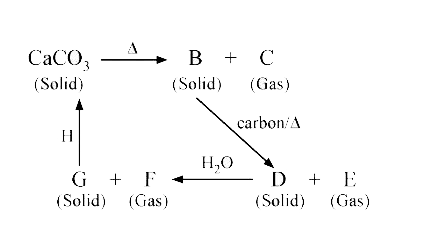
The correct statement about F isView SolutionCorrect statements (s) about
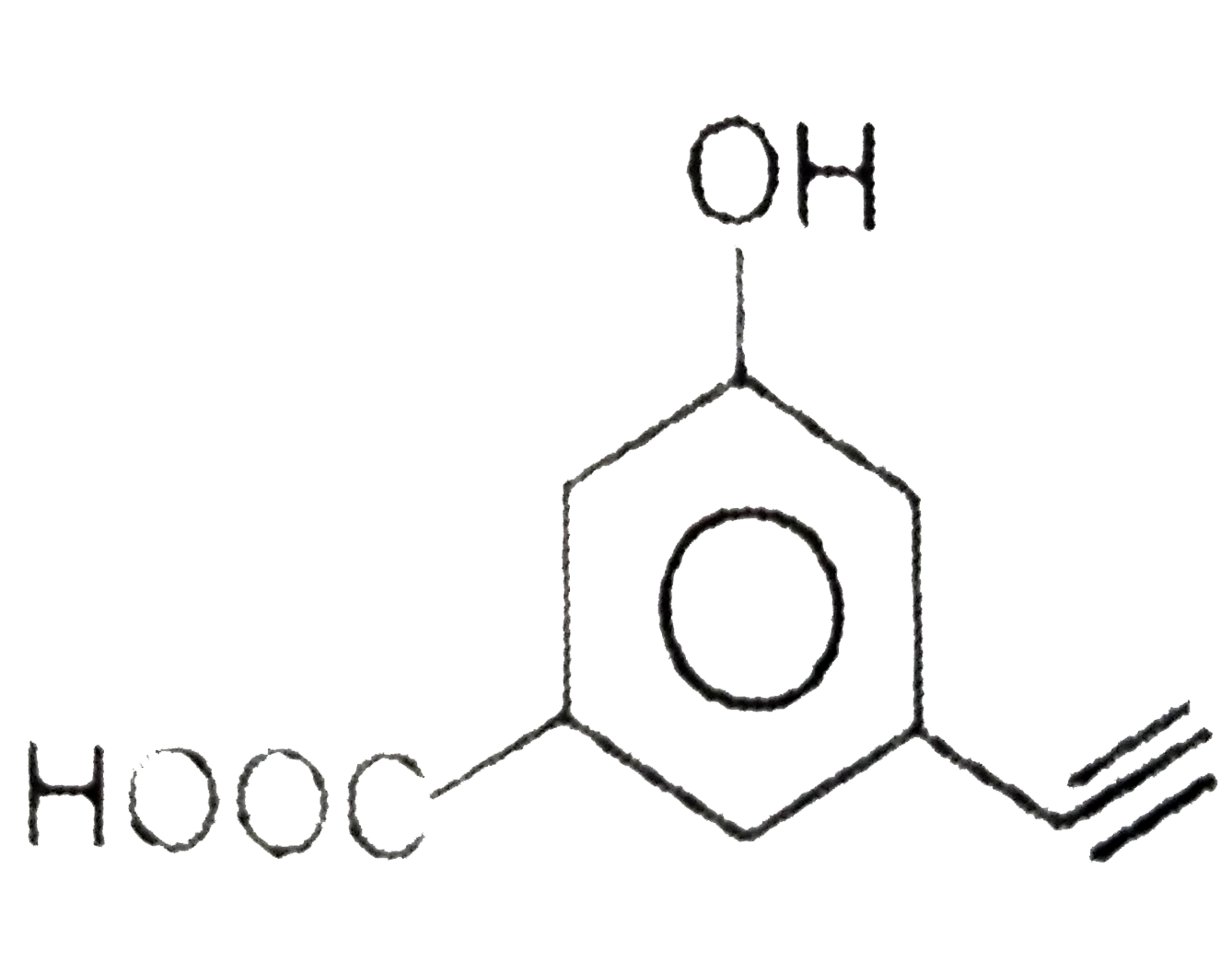 is /areView Solution
is /areView SolutionCorrect statements (s) about
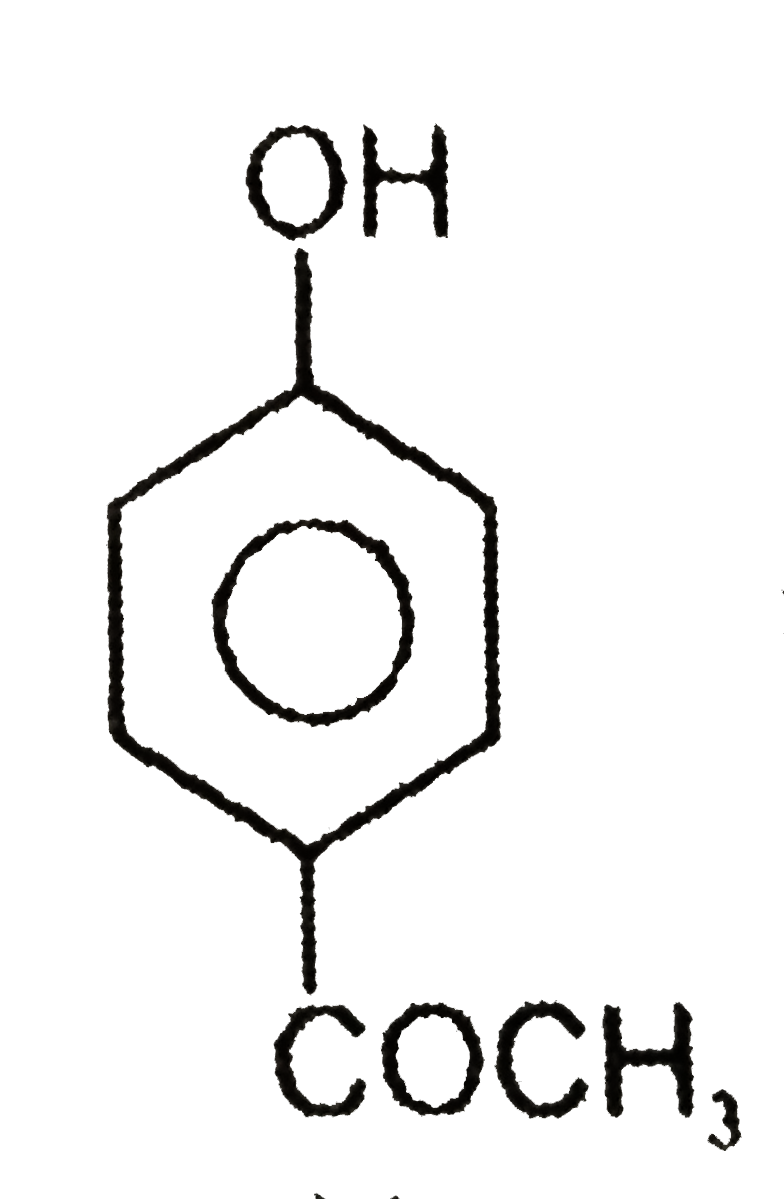 is /areView Solution
is /areView SolutionThe correct statements about anomers are
View SolutionThe correct statement about stomata is
View SolutionCorrect statement (s) about
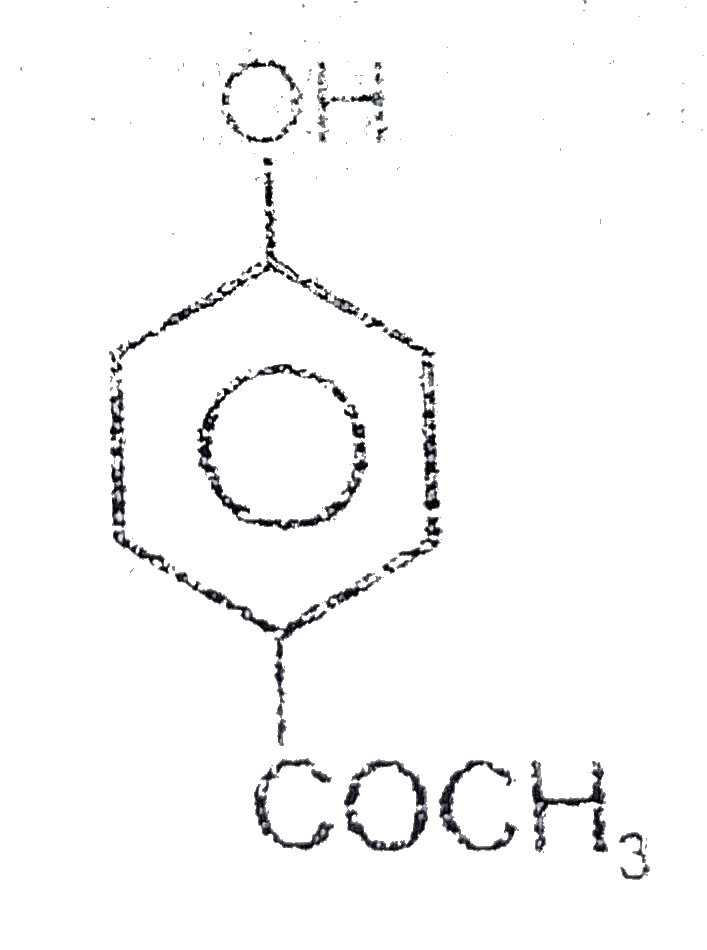 is/areView Solution
is/areView SolutionThe correct statements about peptides are
View SolutionCorrect statement (s) about
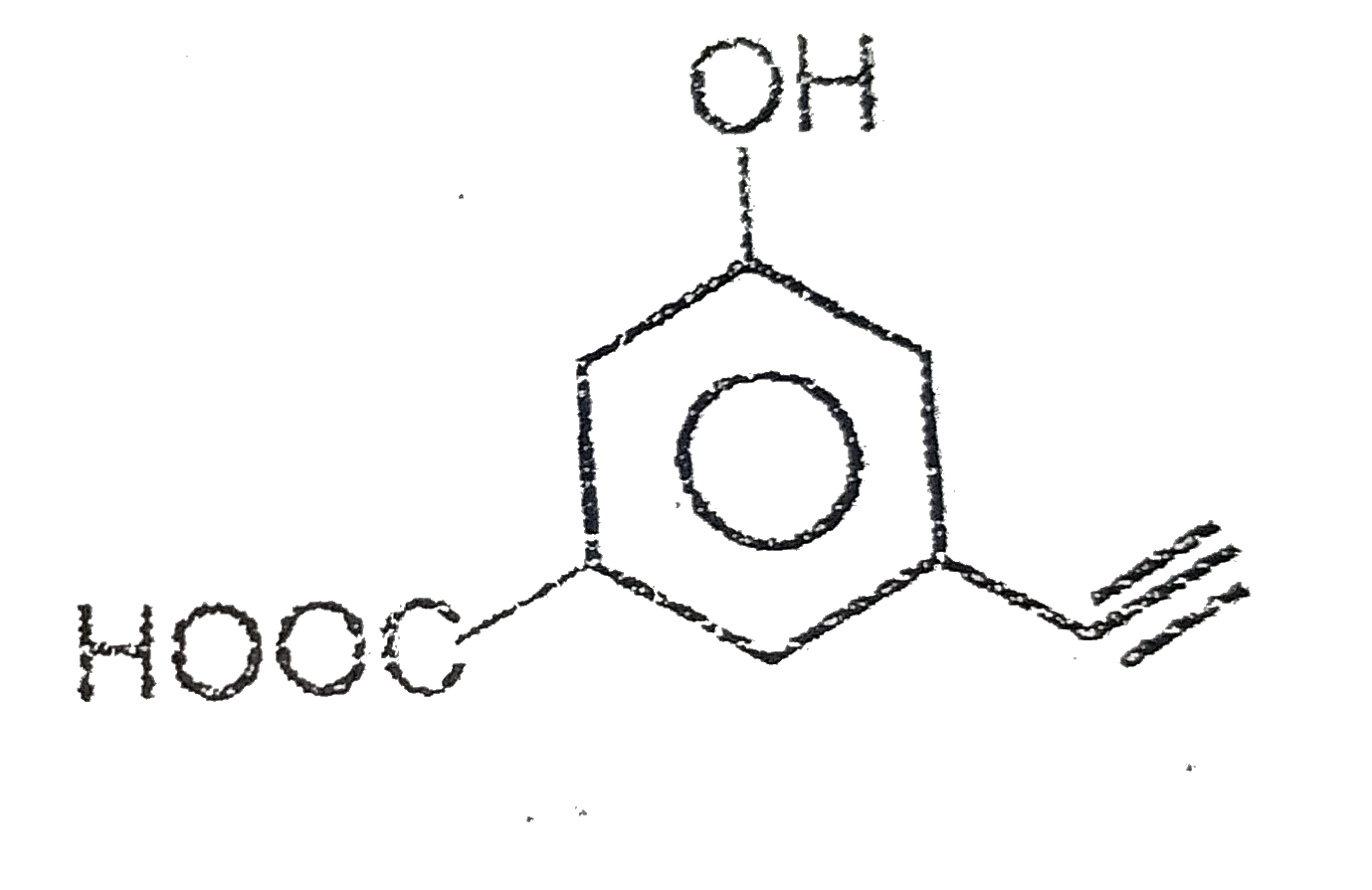 is/are :View Solution
is/are :View SolutionAn electron jumps from nth level to the first level .The correct statement(s) about H atomic is//are
View SolutionCorrect statement about VBT is .
View Solution

